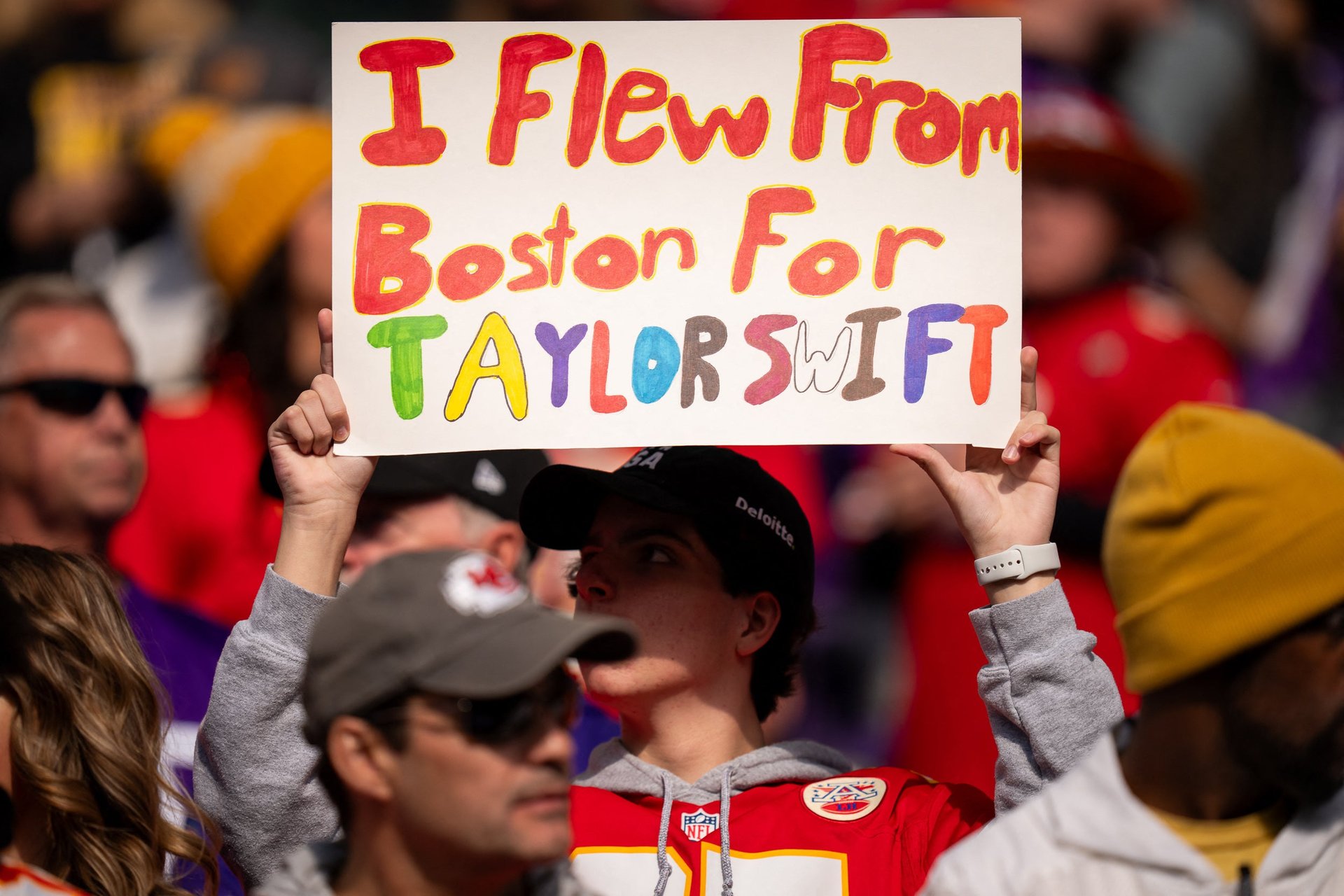The Fed’s main inflation gauge is climbing—and analysts blame Taylor Swift
Its annual pace is slowing to 3.7%, although that's still higher than the Fed's 2% target

The Federal Reserve’s preferred inflation metric inched 0.3% higher in September, but its annual pace of 3.7% is lower than August’s 3.8%, according to a Bureau of Economic Analysis (BEA) report released today (Oct. 27). While it’s the lowest reading in two years, it remains above the Fed’s 2% target.
Suggested Reading
Disposable income bumped up 0.3% and consumer spending rose 0.7%, a key driver of yesterday’s gross domestic product (GDP) number.
Related Content
“[I]nterestingly, Taylor Swift’s Eras concert tour contributed to the marginal growth [of GDP], bringing sold out crowds, hotel and restaurant spending to cities across the country,” said Chris Manderfield, director of KeyBank’s consumer bank deepening and lead management.
The “funflation” fueled by people spending on entertainment stumped forecasters, as economists in July thought the economy would only grow marginally in the second half of 2023.
Headline personal consumption expenditures (PCE)—which consider the prices Americans pay for all goods and services, including food and energy—was up 3.4%, the same as the prior month. It did come down from a year ago of 3.5%.
“Strong consumer spending has been supported by a labor market that continues to add jobs with rising wages [and] unemployment continues to remain at historical lows,” said Manderfield. “Inflation has also eased (sharply) since June 2022, when year-over-year prices were 9.1% higher than the prior year.”
Despite strong consumer spending, slowing inflation, and near-record low unemployment, consumer attitudes about the economy are trending negative. One survey from the University of Michigan (UMich) saw US consumer sentiment drop to 63% in October—down five points from last month, and the lowest in a five-month stretch.
The number is far below even pandemic-induced feelings in 2020 and veering towards to the floor reached during 2009's so-called Great Recession—that being the longest, deepest recession since the depression of the 1930s.
Soaring gas prices and housing costs, along with elevated mortgage rates, are hitting household budgets, while worldwide events are keeping consumers on edge. Still, all eyes on the Fed’s policy meeting on Nov. 1, where traders are close to fully certain that it will not raise rates.